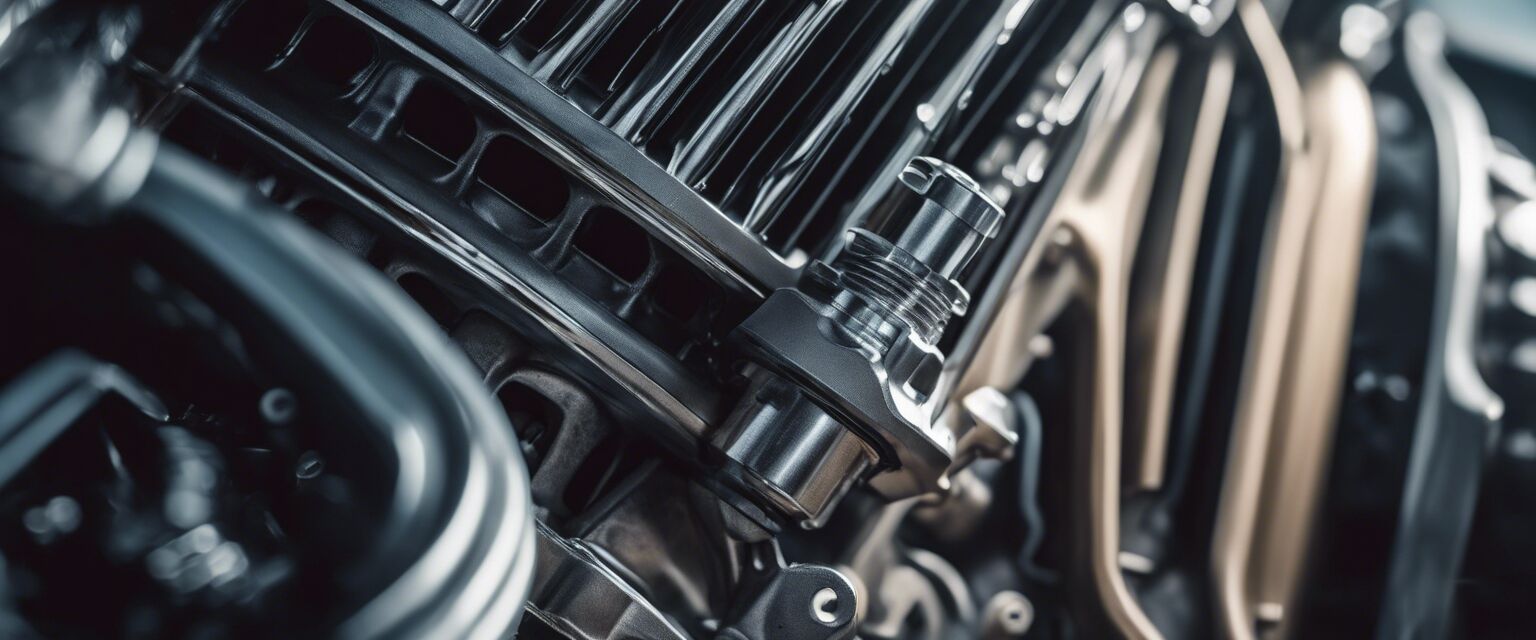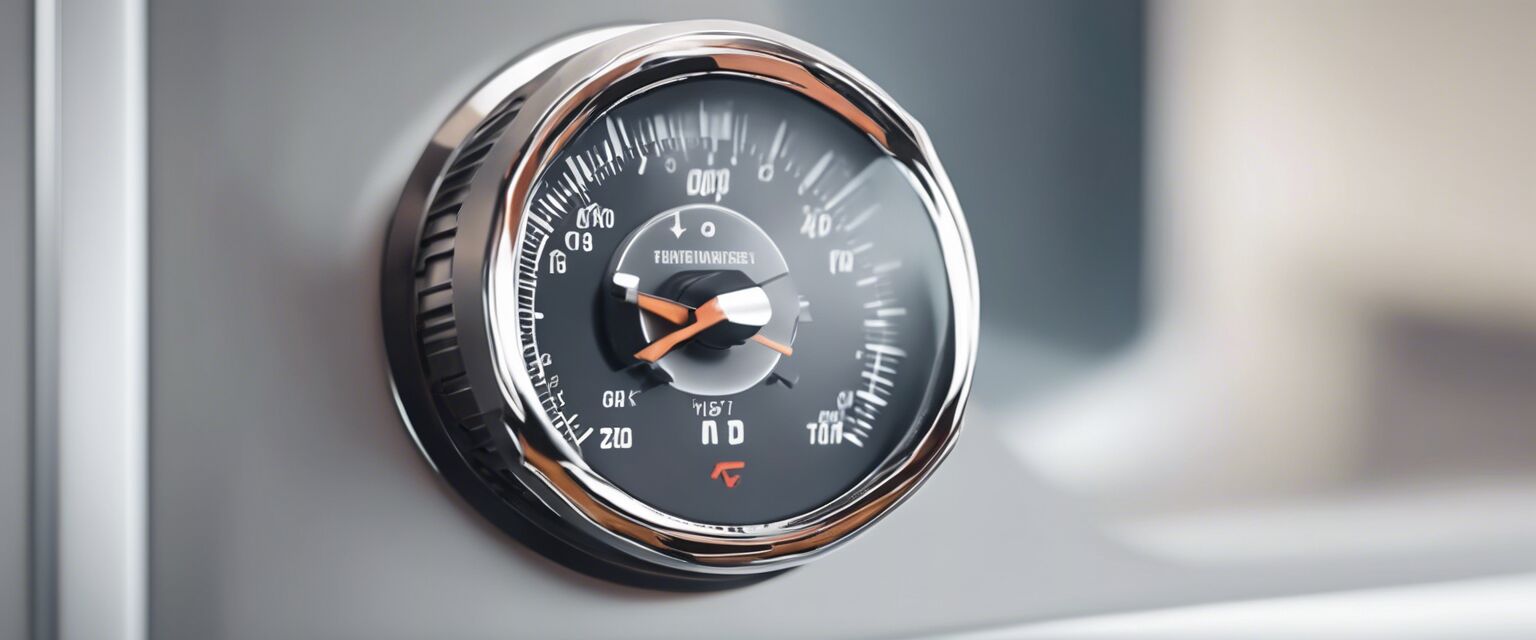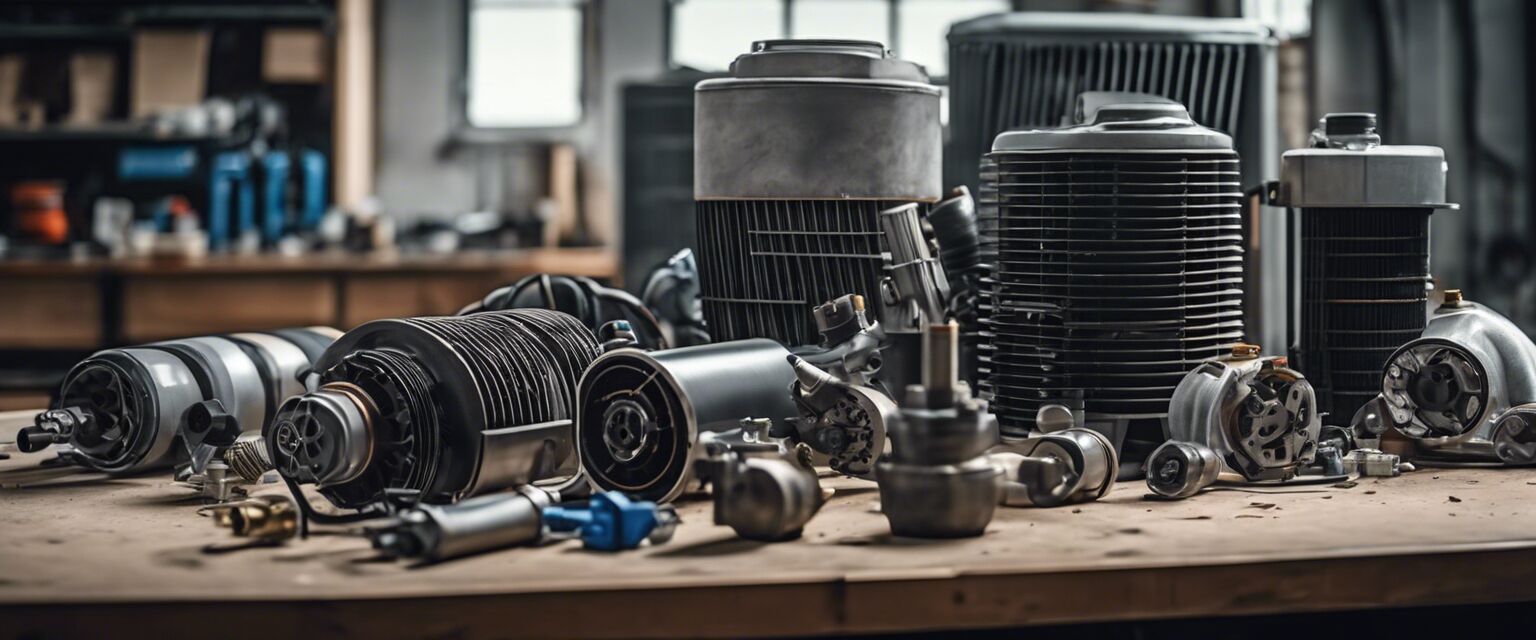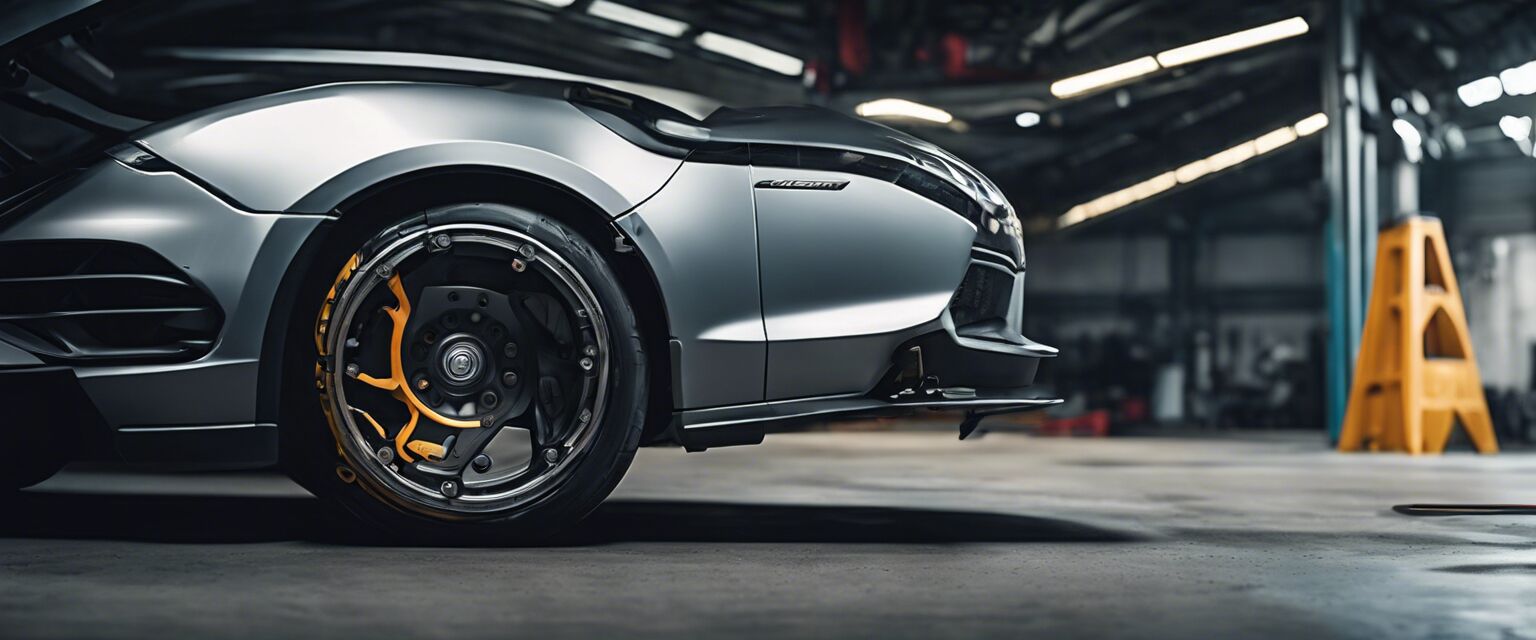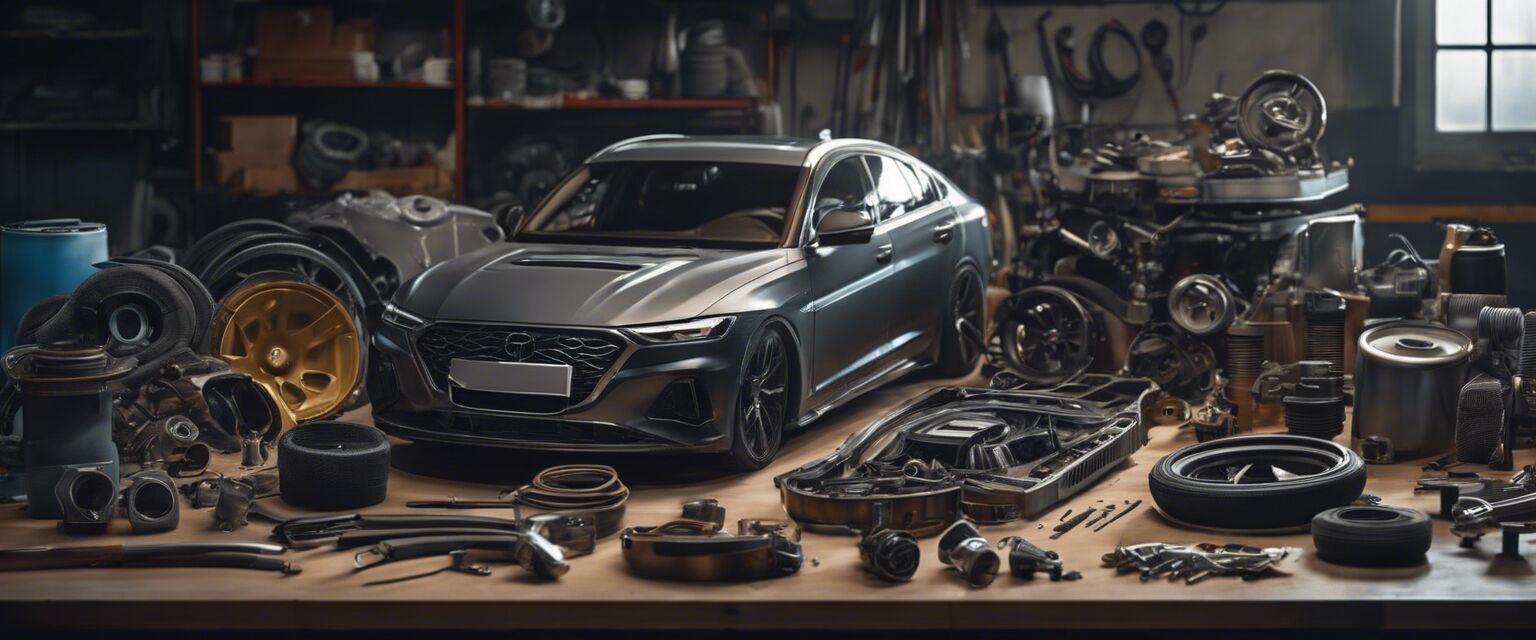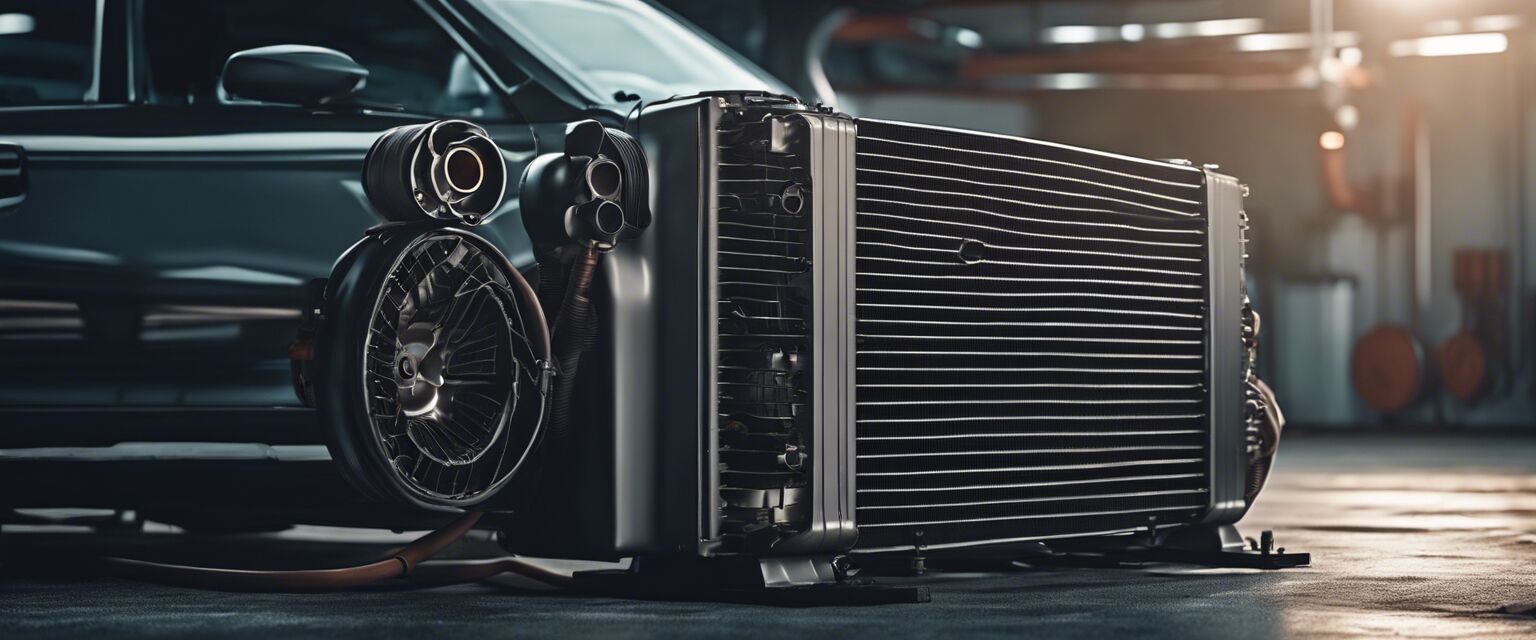
Cooling System
Key Takeaways
- The cooling system is vital for maintaining optimal engine temperatures.
- Key components include radiators, thermostats, and water pumps.
- Regular maintenance can prevent overheating and prolong the engine's life.
- Understanding how your cooling system works can help troubleshoot potential issues.
In this comprehensive guide, we will explore automotive cooling systems and their critical components. A well-functioning cooling system is essential for keeping your vehicle's engine at the right temperature, preventing overheating, and ensuring longevity. Let's dive into the details!
What is a cooling system?
The cooling system in your vehicle regulates the engine temperature, preventing it from overheating or getting too cold. It circulates coolant through the engine and radiator to dissipate heat effectively. By maintaining optimal temperatures, the cooling system prevents engine damage and ensures efficiency.
Key components of a cooling system
| Component | Description | Function |
|---|---|---|
| Radiator | A heat exchanger that cools the coolant. | It dissipates heat from the engine coolant to the outside air. |
| Thermostat | A valve that regulates coolant flow. | It opens and closes to maintain the engine's optimal temperature range. |
| Water Pump | Circulates coolant through the system. | It ensures the flow of coolant from the engine to the radiator. |
| Coolant Reservoir | Stores excess coolant. | It ensures there is always coolant available for the system. |
| Hoses | Flexible tubes connecting system components. | They transport coolant between various parts of the system. |
How does the cooling system work?
The operation of the cooling system involves a series of processes:
- Heat absorption: As the engine runs, it generates heat. The coolant absorbs this heat.
- Heat exchange: The heated coolant is pumped to the radiator.
- Air cooling: The radiator passes air over the coolant, dissipating heat.
- Temperature regulation: The thermostat controls coolant flow based on the engineâs temperature needs.
- Cycle repeats: The cooled coolant cycles back to the engine, continuing the process.
Signs of a failing cooling system
Recognizing the early signs of a cooling system failure is important for preventing severe engine damage. Here are some signs to watch for:
- Overheating engine temperature gauge.
- Coolant leaks underneath your vehicle.
- Unusual steam or vapor from the engine compartment.
- Discolored or murky coolant.
- No heat from the heater inside the vehicle.
Regular maintenance tips
Beginners section: Cooling system maintenance tips
- Check coolant levels regularly.
- Inspect hoses for wear and tear.
- Flush the coolant system periodically.
- Check for leaks around the radiator and water pump.
- Replace the thermostat every few years or as needed.
Common cooling system repairs
Here are some common repairs associated with the cooling system:
- Radiator repair: If the radiator develops leaks, it may need repairs or replacement.
- Thermostat replacement: A malfunctioning thermostat can cause overheating.
- Water pump repair: A failing water pump can disrupt coolant flow, leading to engine overheating.
- Hose replacement: Cracked or damaged hoses should be replaced to prevent leaks.
Cooling system upgrades
If you're looking to enhance your vehicle's cooling system, consider the following upgrades:
- High-performance radiators for better heat dissipation.
- Upgraded water pumps that improve coolant flow.
- Thermostats designed for more accuracy and quicker responses.
- Silicone hoses for increased durability and resistance to heat.
Conclusion
Understanding your automotive cooling system is crucial for maintaining your vehicle in top working condition. Regular maintenance and timely repair can prevent overheating and prolong the life of your engine. If you ever experience issues, don't hesitate to consult a professional mechanic.
Pros
- Maintains optimal engine temperature.
- Prevents overheating and engine damage.
- Enhances vehicle performance and efficiency.
Cons
- Can be costly to repair if components fail.
- Requires regular maintenance to function correctly.
- Failure can lead to costly engine damage.
Relevant links for further reading
- Explore braking systems
- Learn about electrical systems
- Discover engine components
- Check out exhaust systems
- View interior accessories
Images in the article
